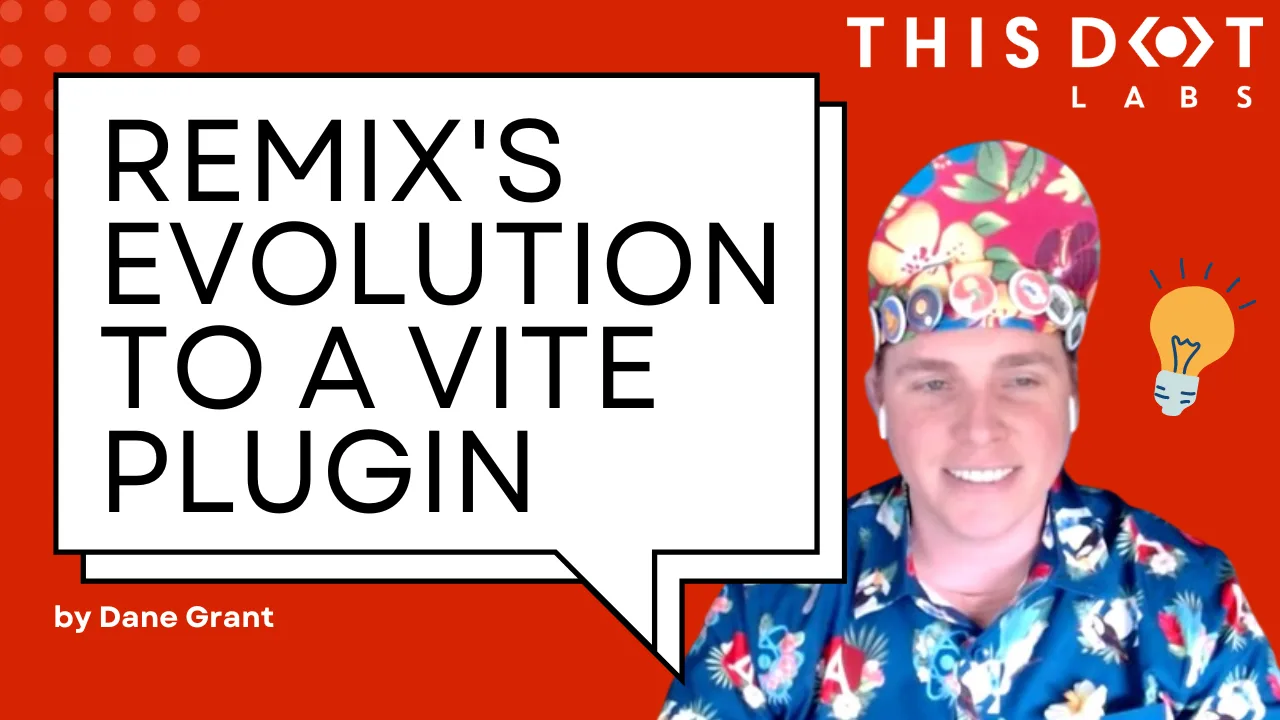Developer Insights
Join millions of viewers! Our engineers craft human-written articles solving real-world problems weekly. Enjoy fresh technical content and numerous interviews featuring modern web advancements with industry leaders and open-source authors.

An example-based guide to CSS Cascade Layers
CSS Cascade Layers make style management simple—see how in this example-driven guide....
Jan 22, 2025
4 mins

D1 SQLite: Writing queries with the D1 Client API
Explore writing SQL queries using the D1 client library and its trade-offs vs ORM’s...
Dec 23, 2024
6 mins

D1 SQLite: Schema, migrations and seeds
Learn about Cloudflare D1, a distributed SQLite database for Cloudflare Workers, and the basics of setting up a new project without using an ORM....
Aug 30, 2024
5 mins

Remix's evolution to a Vite plugin
As Remix evolves into a Vite plugin, the story of React Router continues, promising exciting developments in the React Server Components era....
Jul 10, 2024
4 mins

React Conf 2024 Review
A new era of React kicks off with groundbreaking announcements and innovations—catch up on all the highlights!...
Jun 5, 2024
6 mins

The CSS / Utility hybrid approach with Tailwind v4
The post concludes with a look at modern CSS and interesting hybrid utility patterns with the Tailwind v4 release...
May 10, 2024
4 mins

Intro to EdgeDB - The 10x ORM
Discover the innovative capabilities of EdgeDB, a 'graph-relational' database that's transforming how we handle and interact with data....
Apr 26, 2024
11 mins

End-to-end type-safety with JSON Schema
The article explores end-to-end type safety in JSON APIs using JSON Schema and TypeScript. It delves into methods such as generating types from schema definitions and utilizing TypeBox, data validation of serialized JSON data....
Apr 17, 2024
6 mins

JSR - The cross-platform package manager for ESM
Learn about JSR, a new package manager for the modern JS/TS ecosystem....
Apr 12, 2024
6 mins

Level up your REST API's with JSON Schema
Explore JSON Schema, a powerful tool for ensuring data consistency and interoperability in REST APIs....
Feb 16, 2024
5 mins

Building interactive forms with TanStack Form
Discover the power of TanStack Form, a new headless form library that simplifies building complex, interactive forms....
Jan 12, 2024
5 mins

Deploying apps and services to AWS using AWS Copilot CLI
Learn how to leverage AWS Copilot CLI, a tool that abstracts the complexities of infrastructure management, making the deployment and management of containerized applications on AWS an easy process...
Jan 3, 2024
6 mins
Let's innovate together!
We're ready to be your trusted technical partners in your digital innovation journey.
Whether it's modernization or custom software solutions, our team of experts can guide you through best practices and how to build scalable, performant software that lasts.